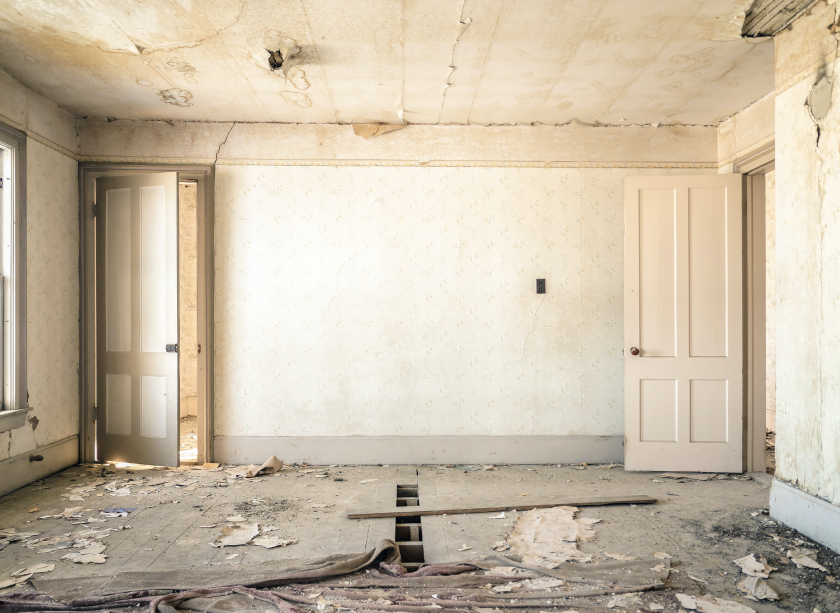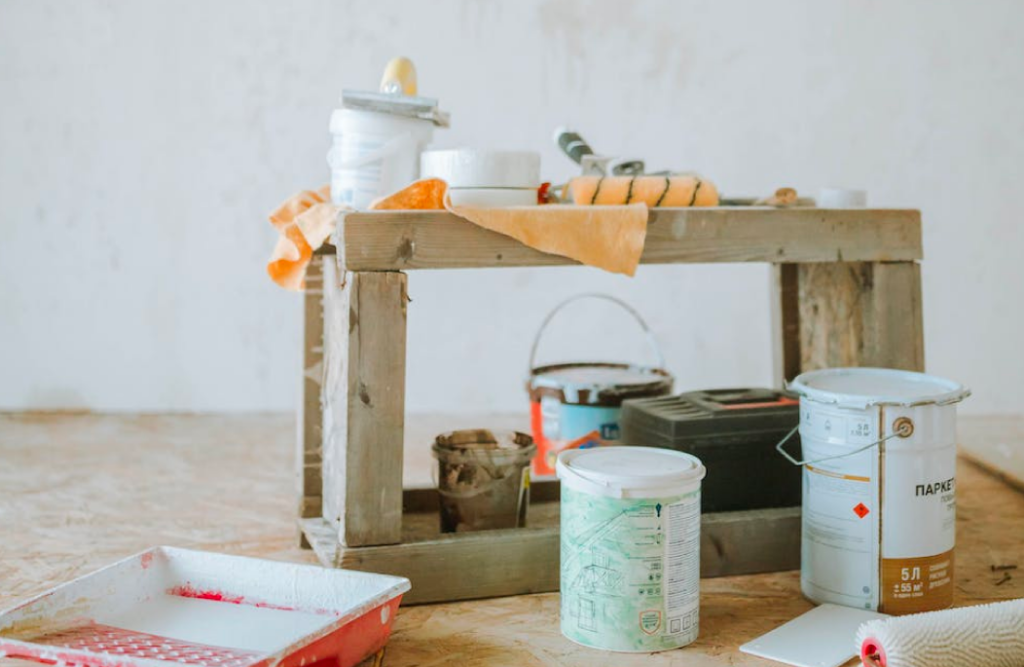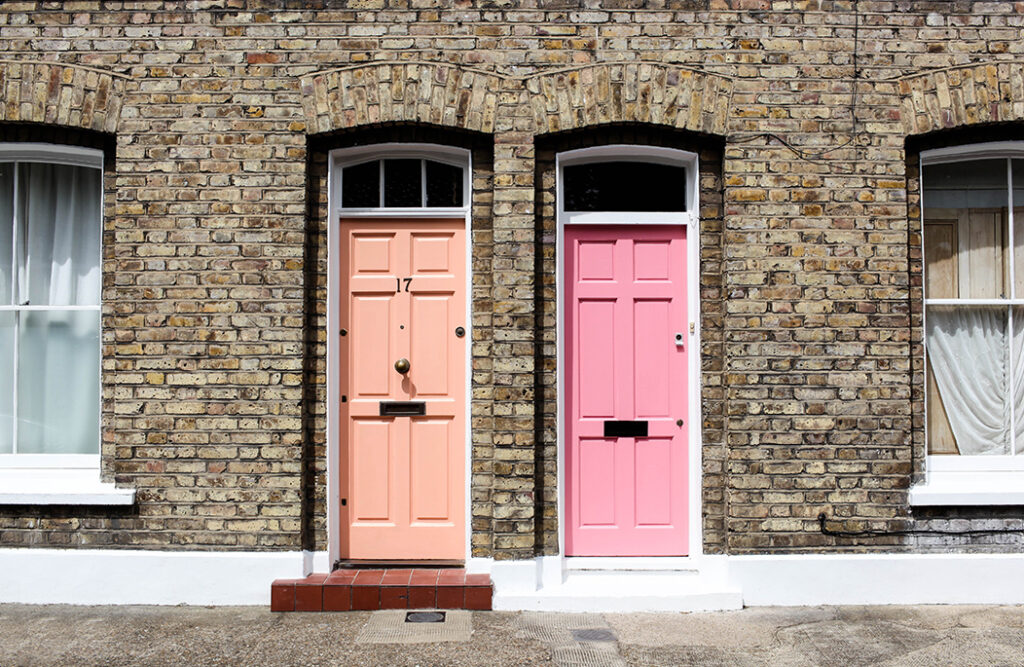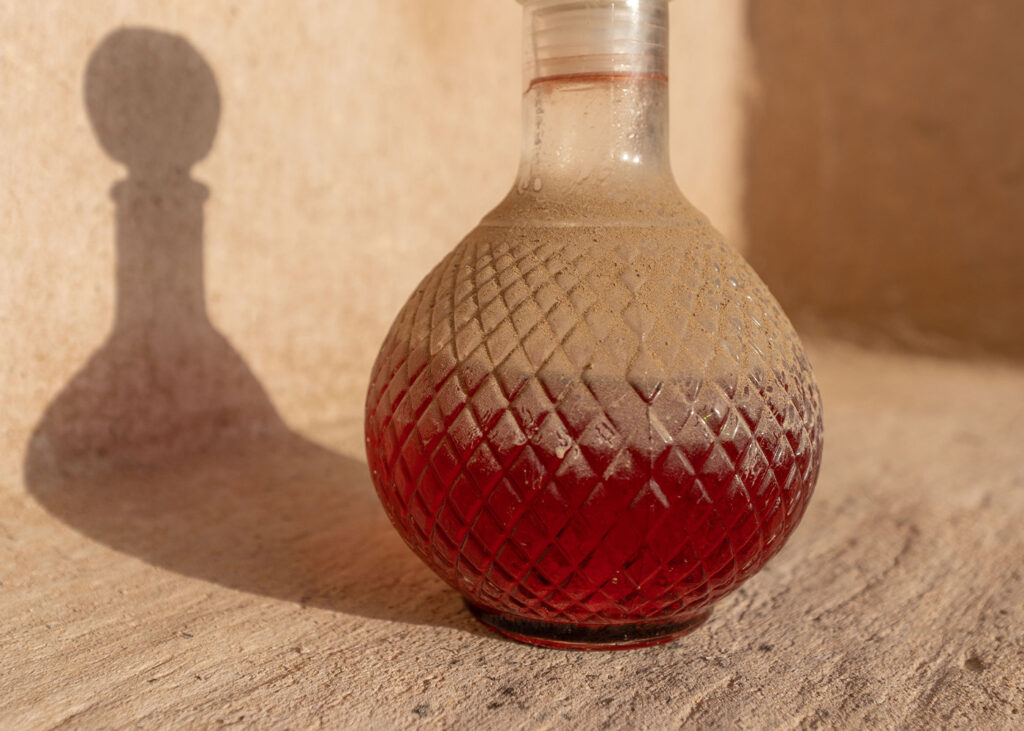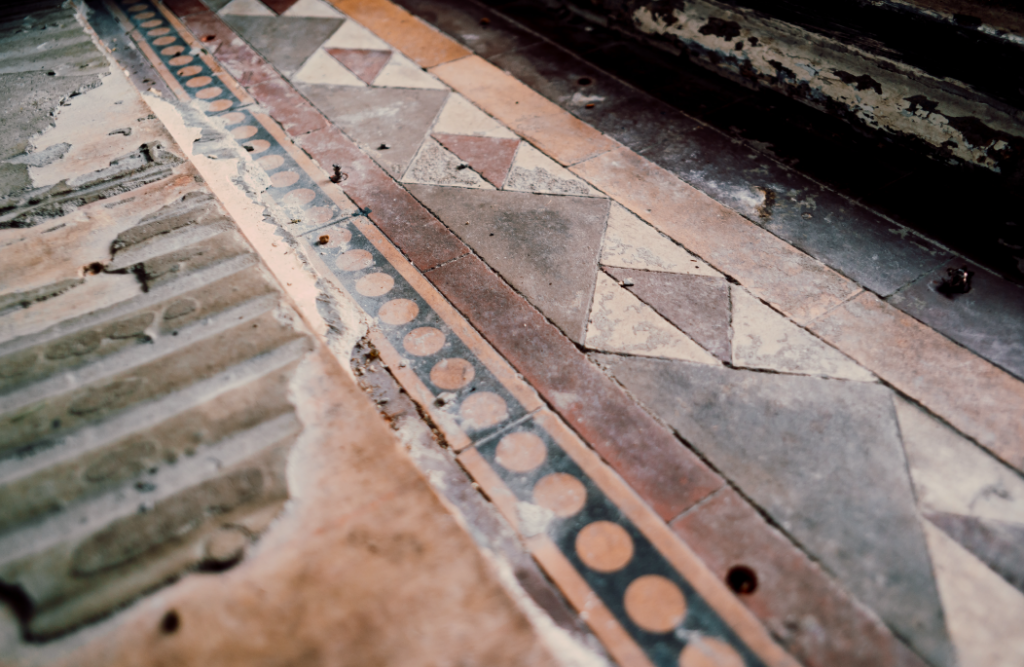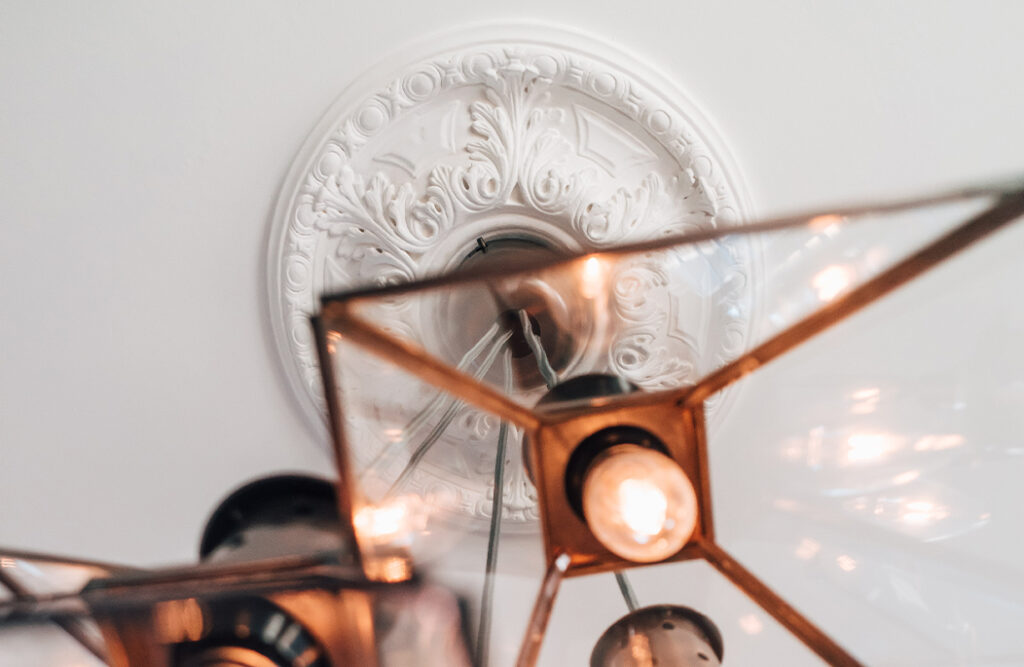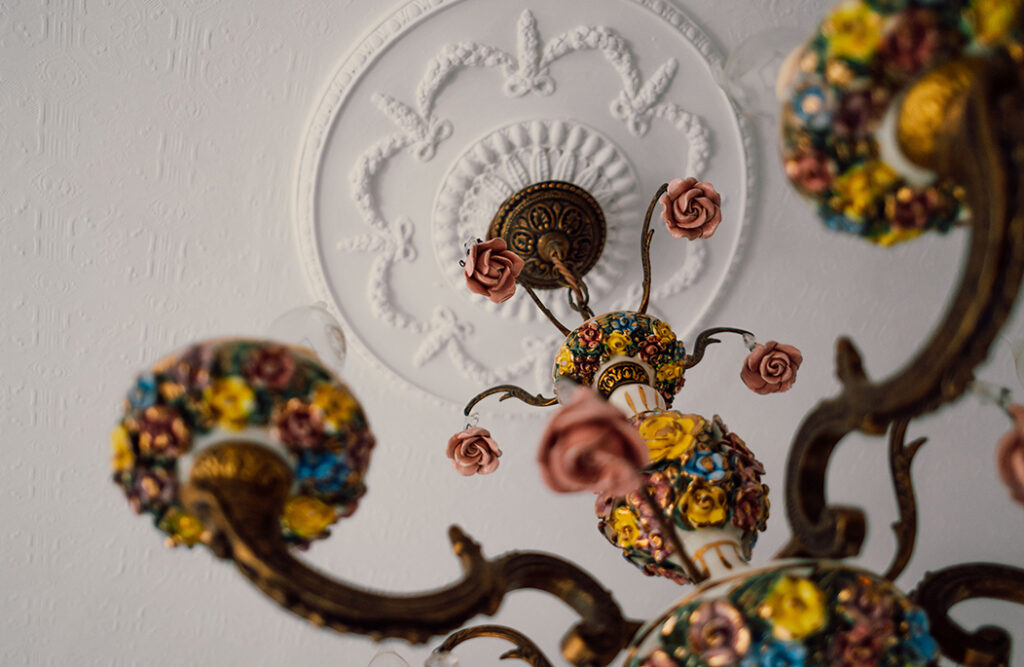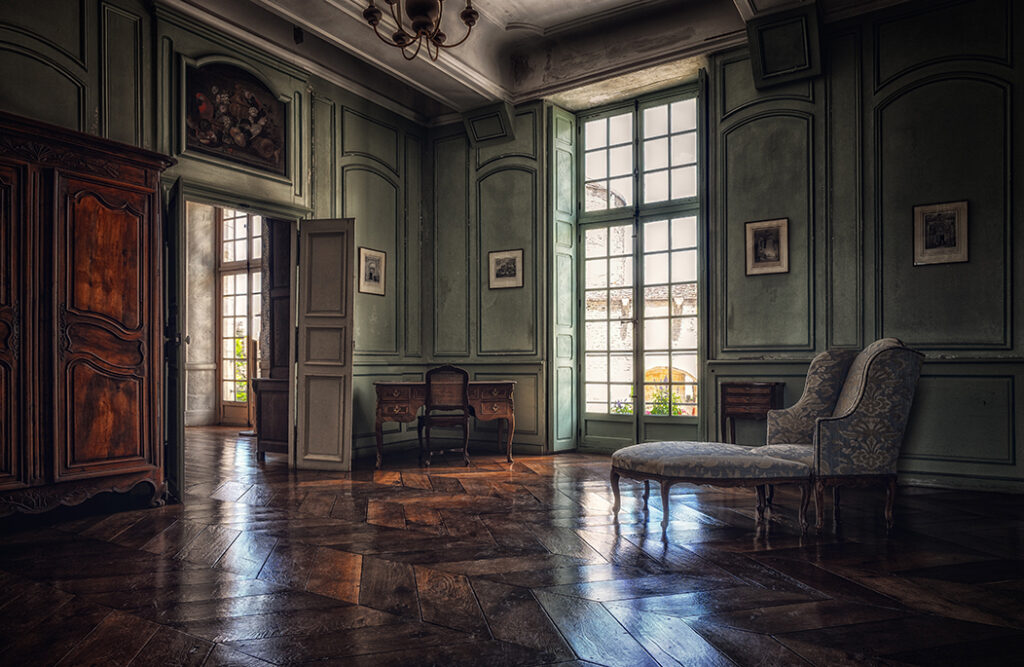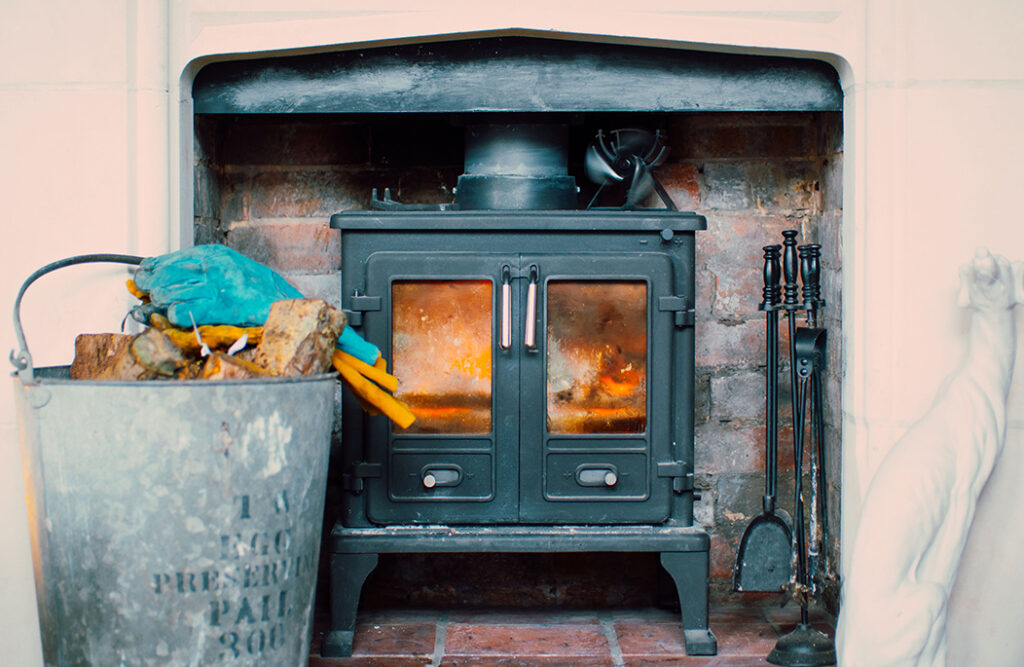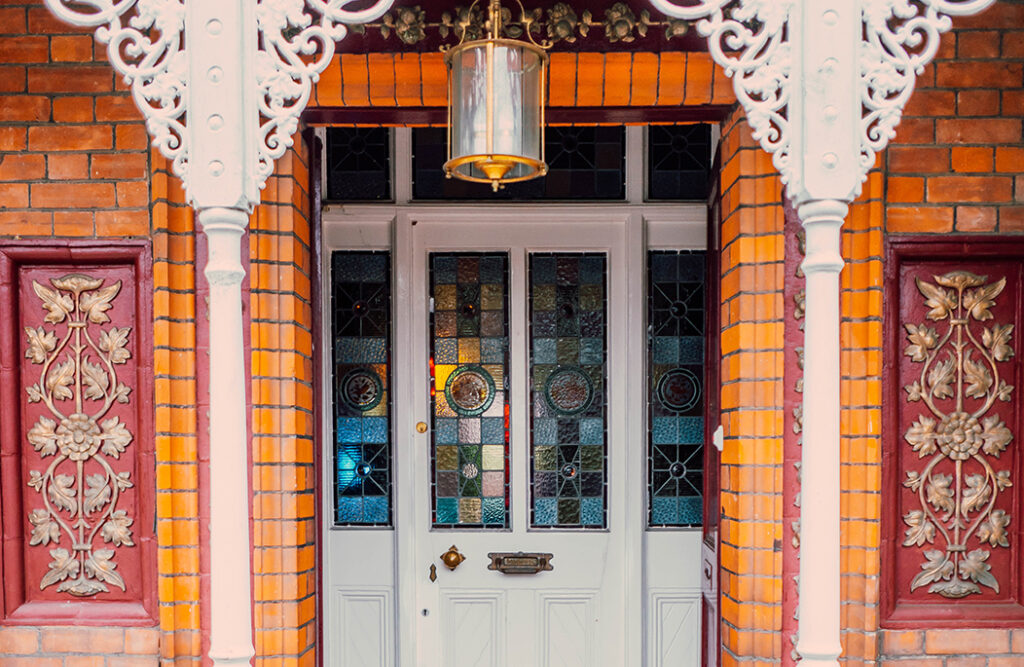There’s nothing quite as cosy, welcoming and warm as a roaring blaze in your Victorian fireplace, but how do you keep it clean and safe, what fuel should you burn and what steps should you take before lighting it for the first time each winter?
The experts at Adrian Flux answer all your questions about having an open fire in your Victorian fireplace and using it safely and efficiently.
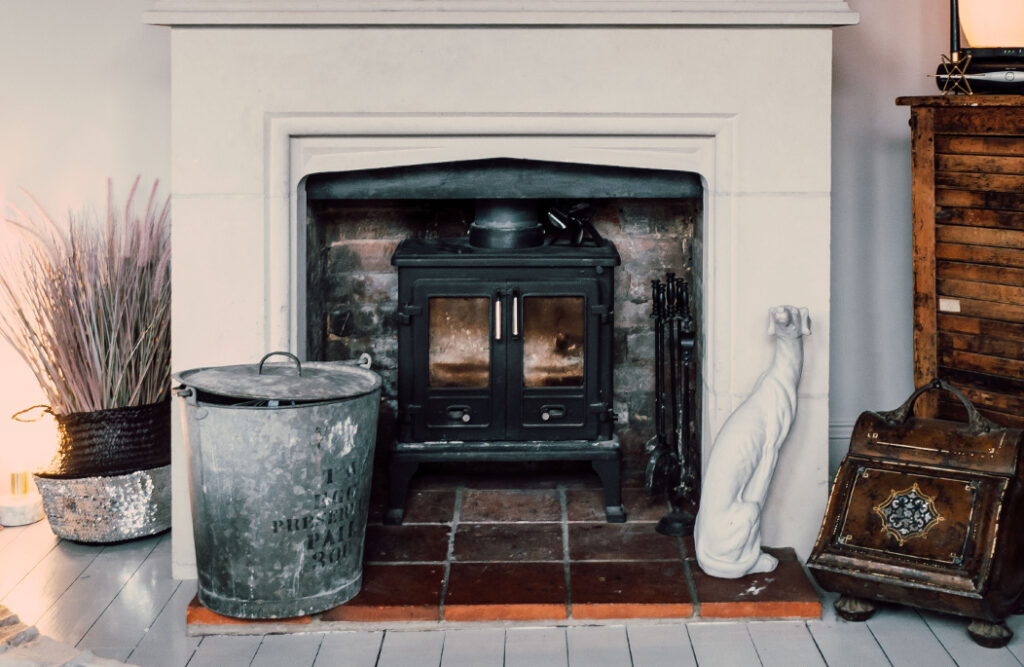
download the full victorian homes ebook
Download Victorian Homes, a free ebook created by Adrian Flux insurance services. It is full of Victorian house facts, tips on how to create a Victorian style house — even if you live in a new-build home — and advice on where to source original Victorian and reproduction fixtures, fittings, furniture, accessories and art.
How do you check your Victorian fireplace is safe before lighting it for the first time?
You can shine a torch up the chimney to check for obvious signs of blockages or damage, but if the Victorian fireplace has not been lit since last winter it’s a good idea to get a chimney sweep to take a look.
The first thing they will do is run a smoke test to check there are no blockages in the chimney flue. They will then sweep the chimney, clearing away soot that has built up, and check for structural problems.
Carbon monoxide can be produced if your Victorian fireplace is poorly maintained or the chimney is blocked. As a colourless and odourless gas, carbon monoxide is difficult to detect but its effects can be deadly.
It’s worth investing in a carbon monoxide detector which will cost from around £10. That’s not a lot when it might be a life-saver!
You can find a chimney sweep near you on the Heating Equipment Testing and Approvals Scheme (HETAS) website.
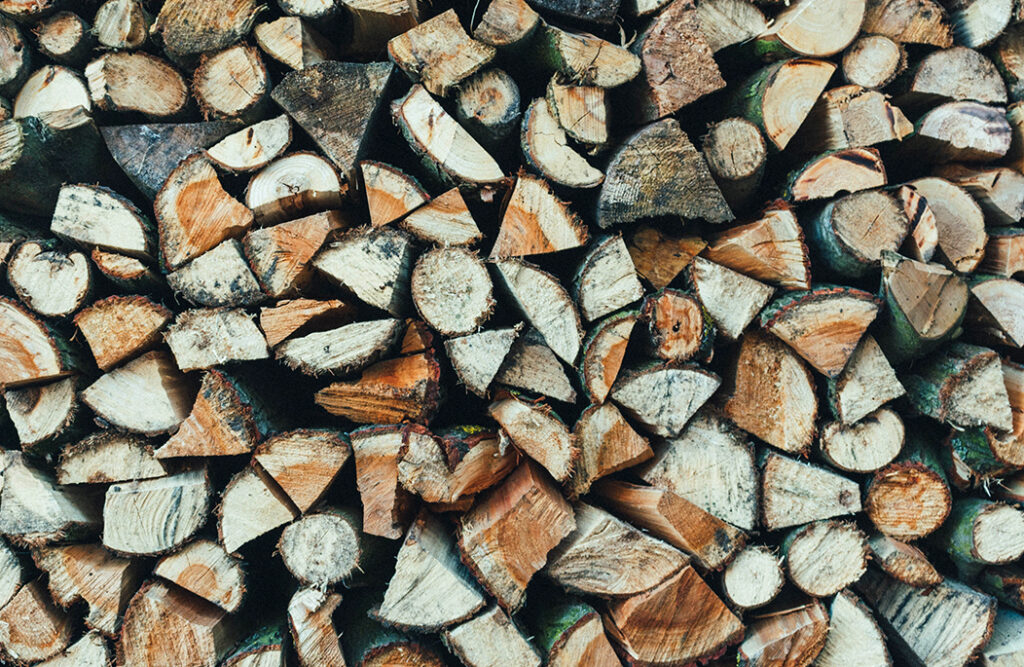
What is the best fuel to burn in your Victorian fireplace?
If you want to burn wood, only use dry logs, preferably ones that have been seasoned for at least 12 months. By reducing the moisture content of the wood, you will avoid tar deposits collecting in the flue. Dry logs also burn more efficiently.
You should never burn plastic, rubber, painted wood or coloured paper in your Victorian fireplace as they can produce toxic fumes and clog your chimney flue.
A wood fire looks dramatic because it produces a lot of flames. But for a longer burn and even more heat, go for a smokeless coal which is high in carbon and doesn’t contain volatile materials. Smokeless coal produces less smoke and burns more efficiently.
Smokeless fuels tend to be manufactured from anthracite which is ground into a powder and then formed into compressed blocks (otherwise known as “briquettes”) using a smokeless binding agent such as starch or molasses.
How do you keep the Victorian fireplace clean?
Fireplaces need regular cleaning to eliminate the accumulation of soot, ash, and creosote tars which can impede your fire’s safety and efficiency.
Sweep soot and ashes from the floor of the firebox after every fire. But remember: embers can remain hot for hours even after the fire appears to have gone out, so make sure they are safely cooled!
If your Victorian fireplace has a tempered glass door, that should also be cleaned regularly as soot residue can build up. Clean the inside of the door with a damp cloth and any baked-on soot can be removed carefully with a glass scraper.
Keep the companion set clean too – it usually comprises stand, brush, poker and shovel and is made of brass or wrought iron. It may be a good idea to have one companion set for display and one reserved for the dirty work of removing ash and cinders.

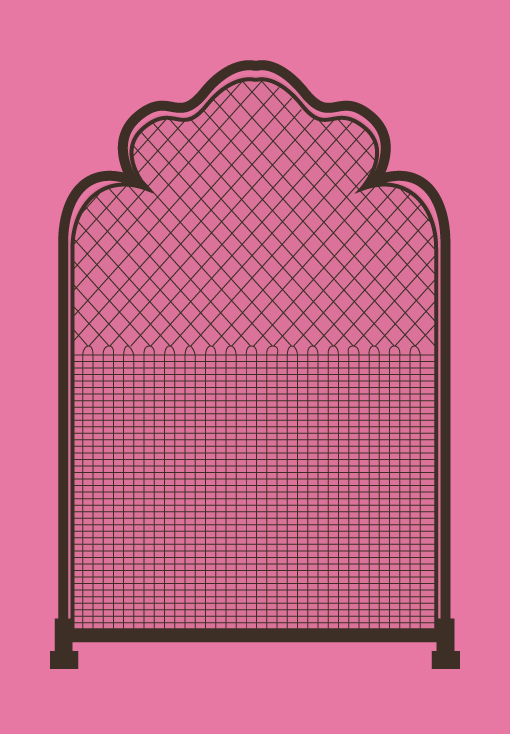
What can you do to decorate the fireplace when it’s not in use?
When fires are burning, your Victorian fireplace looks fantastic, but during the summer and when they aren’t in use, Victorian fireplaces can become a bit of a dusty eyesore. Thankfully there are a number of ways to give them a visual lift.
- Fill the grate with seasoned logs and then adorn them with a spray of dried flowers. You can change the flowers to match the changing seasons.
- Keep the logs in place and replicate the fireside look by dressing them with battery-powered twinkling lights, candles or tea lights.
- Give your Victorian fireplace the whiff of elegance by sitting a hamper of potpourri in the fire basket.
- Invest in a stylish fire screen. The fire screen originally shielded the occupants of a room from the excessive heat of a fire. Unlike modern heating appliances, fires don’t have setting controls so when they burn they get very hot, whether you like it or not. The fire screen also prevented embers spitting from the fire and damaging carpets and flooring. Modern fire screens are decorative shields of sheet metal, glass, or wire mesh and will enhance the look of your fireplace when it is not in use. Second-hand fire screens for your Victorian fireplaces are widely available.
Looking to insure your Victorian Home?
Adrian Flux is a specialist insurance compnay offering bespoke cover for all period and Victorian homes. Call 0800 369 8590 got a fast and hassle-free quote.
Our home insurance customers saved an average of 31% in 2021 when taking out a policy with us. See how much you could save by giving us a call.
download the full victorian homes ebook
Download Victorian Homes, a free ebook created by Adrian Flux insurance services. It is full of Victorian house facts, tips on how to create a Victorian style house — even if you live in a new-build home — and advice on where to source original Victorian and reproduction fixtures, fittings, furniture, accessories and art.

